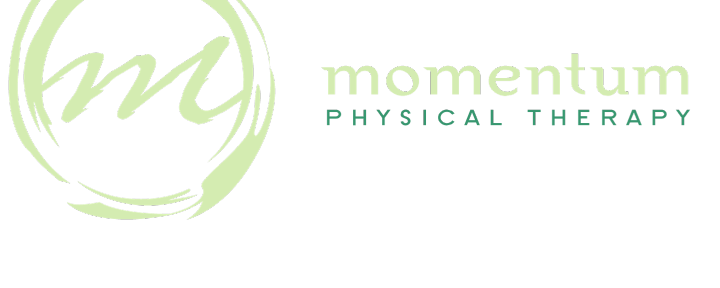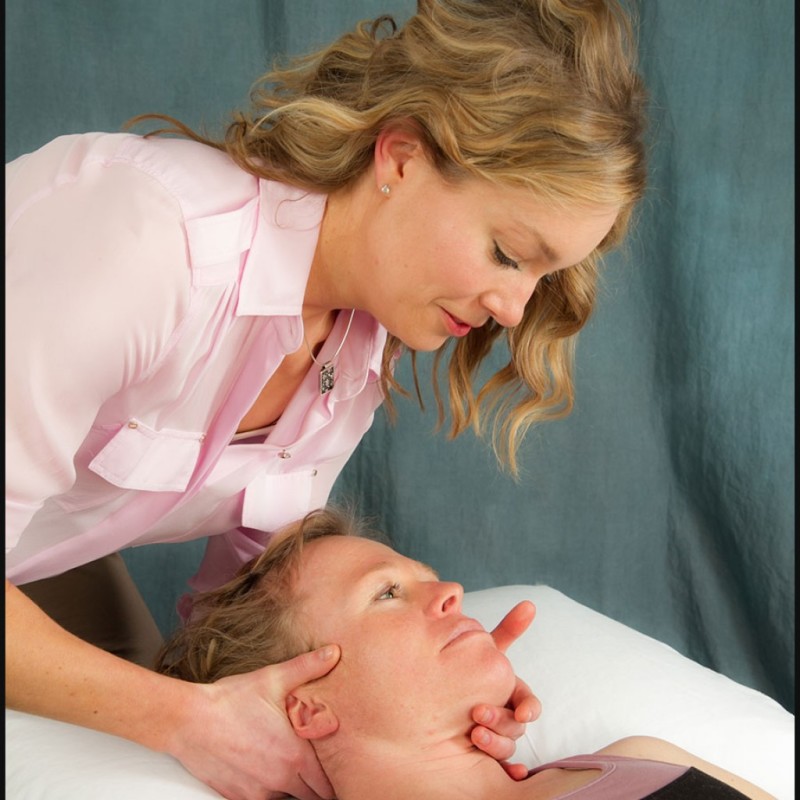A splitting headache is not the way to begin or end a long day of work or play. Headache treatment can be a challenge for both patients and healthcare providers – several types of headaches exist and, considering that individuals may suffer from more than one type, diagnosis can be difficult.
The three most common headache types are tension, migraine, and cervicogenic, which originate in the joints or muscles of the neck. In other words, you are suffering from a “neck headache.”
Effective treatments exist for almost every type of headache. A physical therapist can alleviate cervicogenic headache symptoms with joint stretching and simple exercises. The key to determining the most appropriate treatment is diagnosis. Here are some ways to know if you’re suffering from a cervicogenic headache, based on the International Headache Society guidelines:
– Neck pain is present before or during the headache. Patients often report, “My neck starts getting sore and then the headache comes on.”
– The headache often begins at the base of the head and spreads to the front of the head or temples.
– Neck stiffness is present. Patients with cervicogenic headaches often have decreased neck mobility and commonly report difficulty and/or pain when turning their head side-to-side or tipping it back.
– Neck movements or sustained neck positions trigger headaches. Patients with jobs that require long periods of working at a computer or holding their neck for prolonged periods in awkward positions – such as slightly to the side or looking up – like carpenters or electricians, often have cervicogenic headaches.
– The pain tends to be worse on one side of the head. Normally the side that hurts is constant and the pain does not switch sides.
Alternatively, headaches accompanied by significant vision disturbance, sensitivity to light or sound and lack neck pain may be a different type of headache such as a migraine. Over the past several years physical therapists have developed new tests to greatly improve accuracy in diagnosing headache causes.
If your headache is coming from your neck, a physical therapist can alleviate pain by stretching or mobilizing problematic joints and muscles. They can also teach you how to maintain joint mobility and strength to keep them from returning. If your headache is not coming from your neck, a physical therapist can refer you to the proper medical doctor and get you on the pathway to appropriate treatment. If you’re dealing with headaches, don’t ignore them. A few physical therapy treatments are often the simple, safe and affordable solution.
Click here to view the article as featured in Explore Big Sky.

